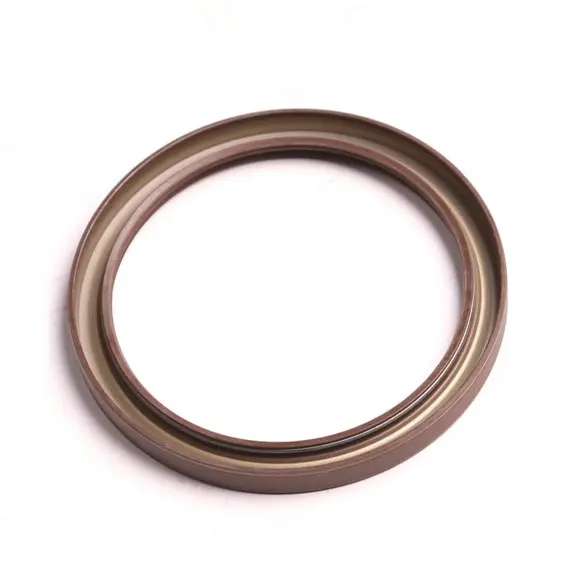9 月 . 09, 2024 13:41 Back to list
automotive oil seals
Understanding Automotive Oil Seals Importance and Functionality
Automotive oil seals are critical components in vehicles that play a vital role in maintaining engine efficiency and performance. They are designed to prevent the leakage of lubricants and fluids, ensuring that the engine and other mechanical systems operate smoothly. This article delves into the intricacies of automotive oil seals, their types, applications, and maintenance considerations.
What are Automotive Oil Seals?
Oil seals, often referred to as fluid seals or oil seals, are mechanical components typically made from materials such as rubber, silicone, or polyurethane. They are designed to fit precisely around rotating shafts to prevent the escape of oil and other lubricating fluids from machinery. In automotive applications, they are commonly found in engines, transmissions, and differentials.
Types of Oil Seals
There are several types of automotive oil seals, each serving specific purposes. Some of the most common include
1. Rotary Oil Seals These seals are used around rotating shafts and are commonly found in engines, crankshafts, and camshafts. They often incorporate a lip that compresses against the rotating surface to create a tight seal. 2. Radial Oil Seals Similar to rotary seals but designed for radial loads, these seals are placed around stationary shafts where they can effectively prevent lubricant leakage.
3. Shaft Seals This type is specifically designed to seal the space between a shaft and a housing. They are designed to accommodate large variations in temperature and fluid types.
automotive oil seals

Importance of Oil Seals in Automotive Engineering
Oil seals are crucial for several reasons. First and foremost, they prevent fluid leaks, which could lead to severe engine damage, reduced oil pressure, or increased wear on components. By maintaining proper lubrication, oil seals help ensure that engine parts move smoothly, reducing friction and enhancing performance.
Furthermore, a functional oil seal contributes to fuel efficiency. When oil leaks occur, the engine may draw more fuel to overcome increased friction, resulting in higher fuel consumption. Maintaining the integrity of oil seals can, therefore, translate into cost savings for vehicle owners.
Signs of Oil Seal Failure
As with any component, oil seals can wear out over time. Common indicators of oil seal failure include
- Oil Spots Puddles of oil under the vehicle can signify a leaking oil seal. - Oil Smell A noticeable burning oil smell can be a sign of leaked oil coming into contact with hot engine components. - Low Oil Levels Frequent dips in oil levels may indicate a leak, potentially caused by failing oil seals.
Maintenance and Replacement
Regular maintenance can extend the lifespan of oil seals. This includes routine oil changes and inspections during services. If oil seal failure is suspected, timely replacement is critical to prevent further damage to the engine or transmission.
In conclusion, automotive oil seals play an indispensable role in vehicle functionality. They are not merely components; they are protectors of the engine’s health and efficiency. Understanding their purpose, recognizing signs of wear, and ensuring proper maintenance can significantly enhance a vehicle's performance and longevity. Ultimately, investing time in these small yet essential parts can lead to bigger savings and a more reliable automotive experience.